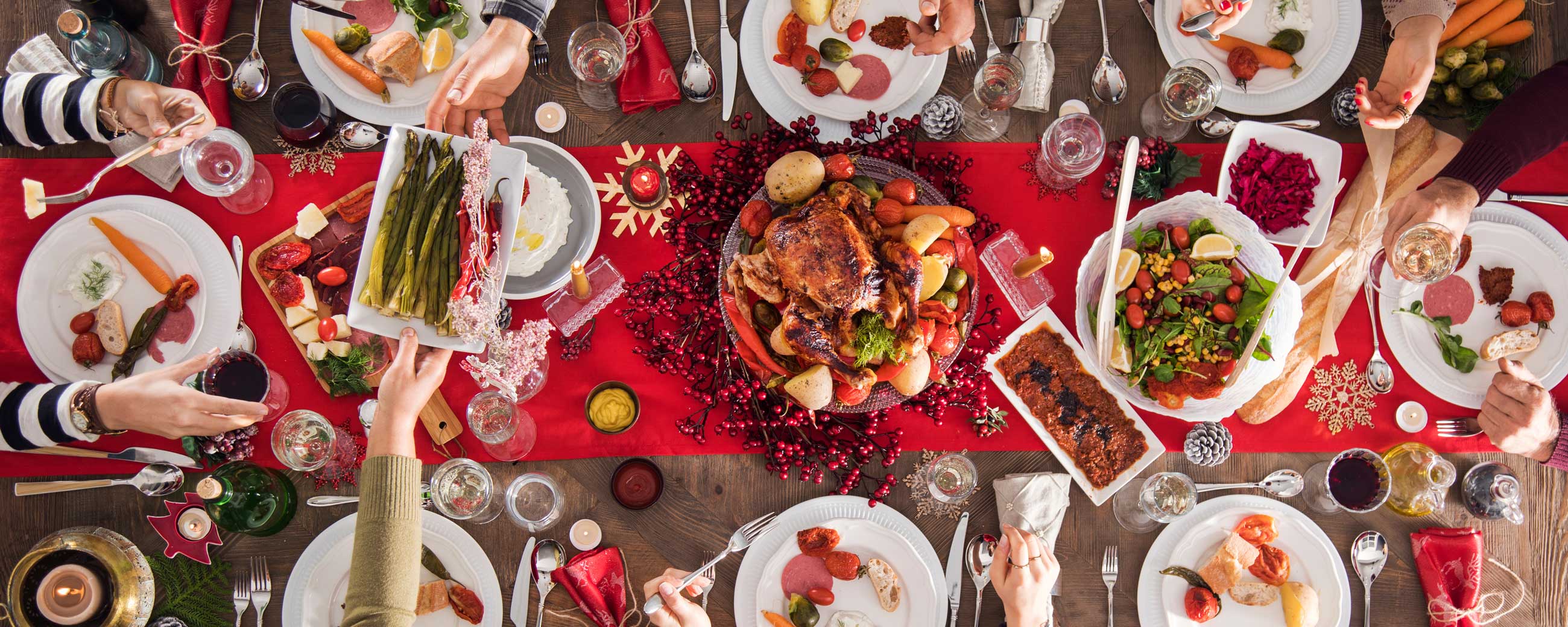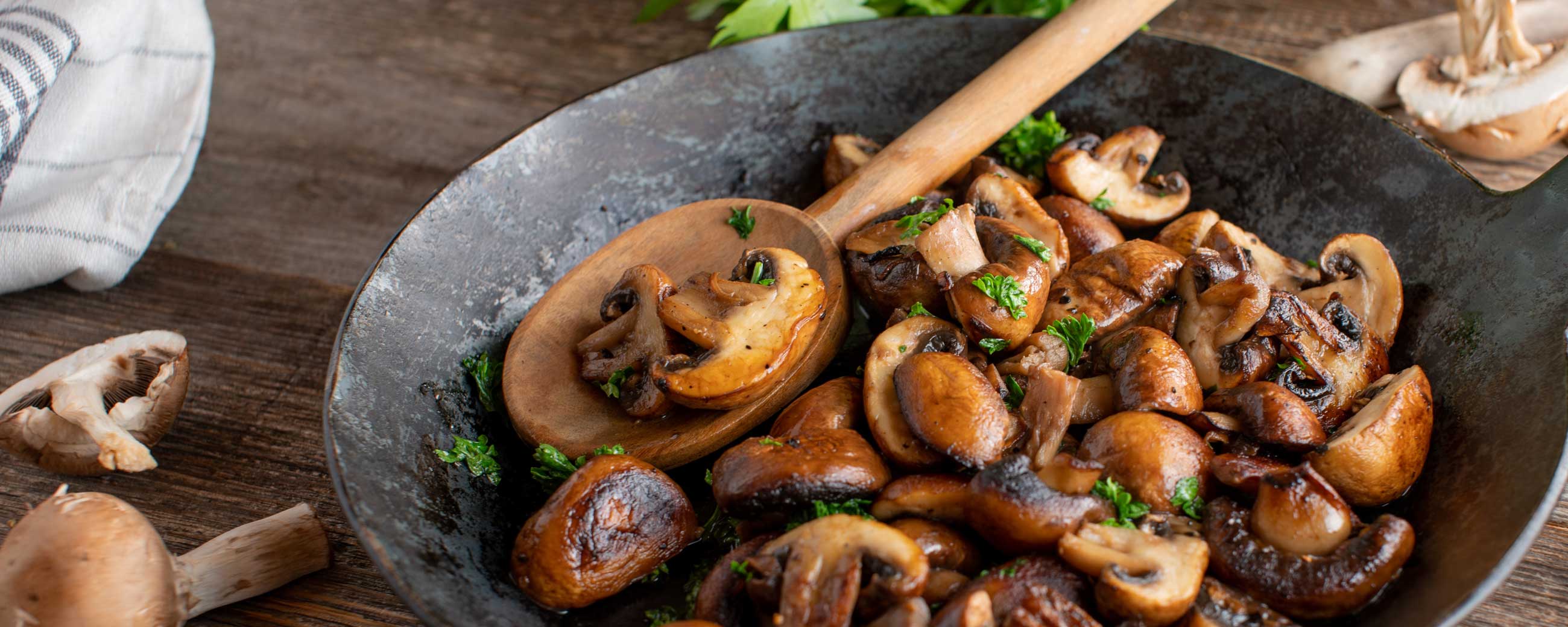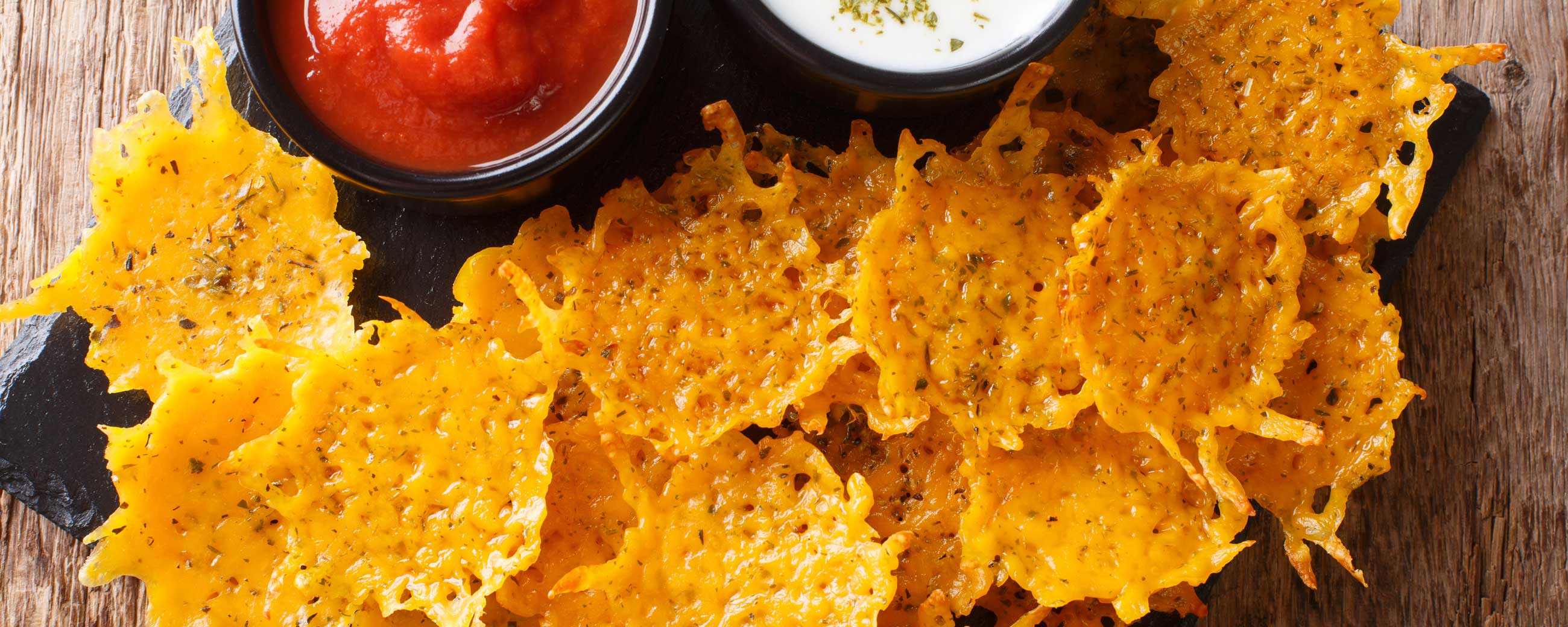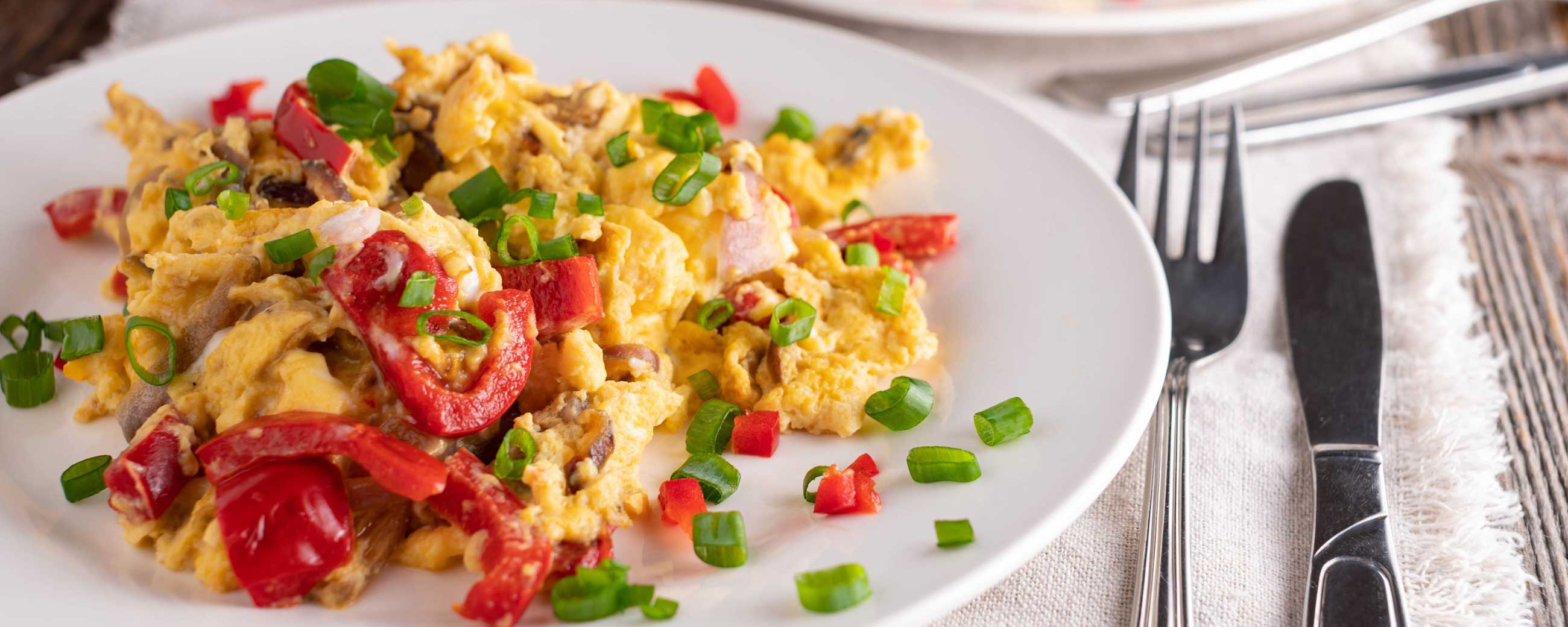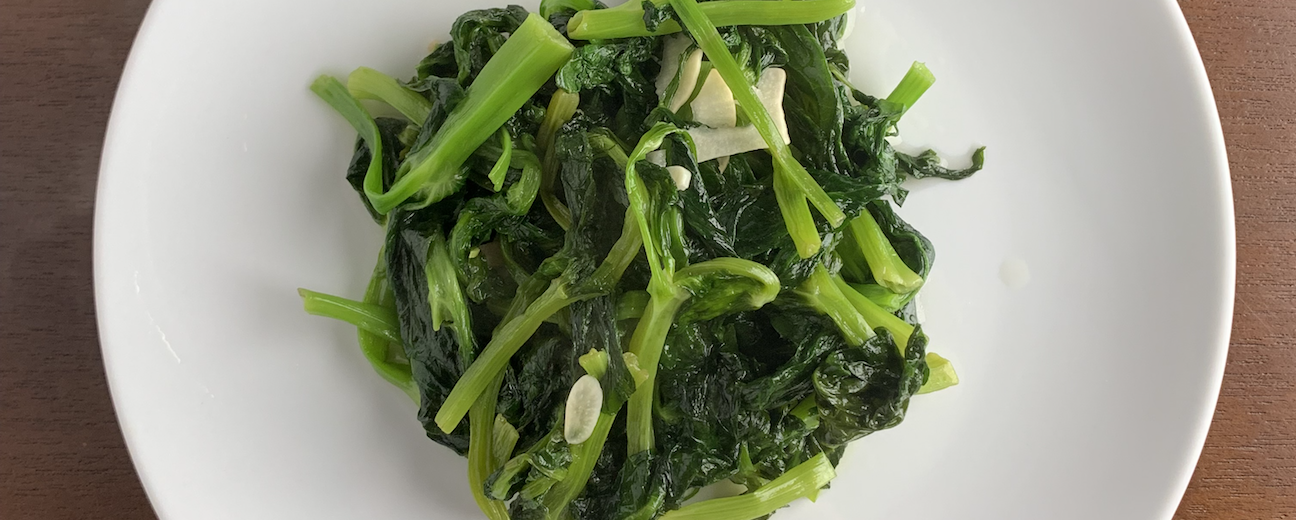
How to Cook 12 Low Carb Chinese Grocery Items

In last year’s Chinese New Year post, I gave tips on how to find low carb Chinese food. But for readers that aren’t familiar with common Asian vegetables, those tips were non-starters. Below are a list of some of my favorite vegetables and types of tofu, along with a short description of how to prepare them.
In general, there are many low-carb Asian vegetables that are not difficult to prepare. Almost all of them are delicious when cooked simply with some combination of garlic, ginger, soy sauce, salt, and a little water.
I hope this post inspires you to go into an Asian supermarket to find them!
Note: Vegetables that are a little higher in carbohydrate have been marked with an asterisk (*) Consuming more than 1 serving per day of these vegetables may reduce your ketones.
A Cornucopia of Low-Carb Options in the Produce Section
Chinese Kale
Also known as Chinese broccoli, jie lan, or gai lan, this vegetable is great stir fried, boiled, or steamed. This vegetable is a mainstay in Chinese, Malaysian, Thai, Vietnamese, and Burmese cooking.
There are 4 grams of total carbs in 100 grams of cooked Chinese kale. When buying it, try to choose younger Chinese kale which will have smaller, more tender stems.
Chinese Long Bean*
Also known as snake beans, yardlong beans, or jian dou, this vegetable can be used in the same manner as green beans, and are especially good for dry frying.
There are 8 grams of total carbs in 100 grams of Chinese long beans. When buying it, try to choose long beans that have few blemishes and are flexible, but not limp.
Chinese Celery
Longer and thinner than conventional celery, Chinese celery also has a stronger flavor. I typically stir fry the stems with 5 spice marinated tofu and reserve the leaves to make stock or a Nanjing duck.
There are 5 grams of total carbs in 100 grams of Chinese celery. When buying it, look for the same things you would want to see in a head of romaine lettuce—few blemishes and firm stalks.
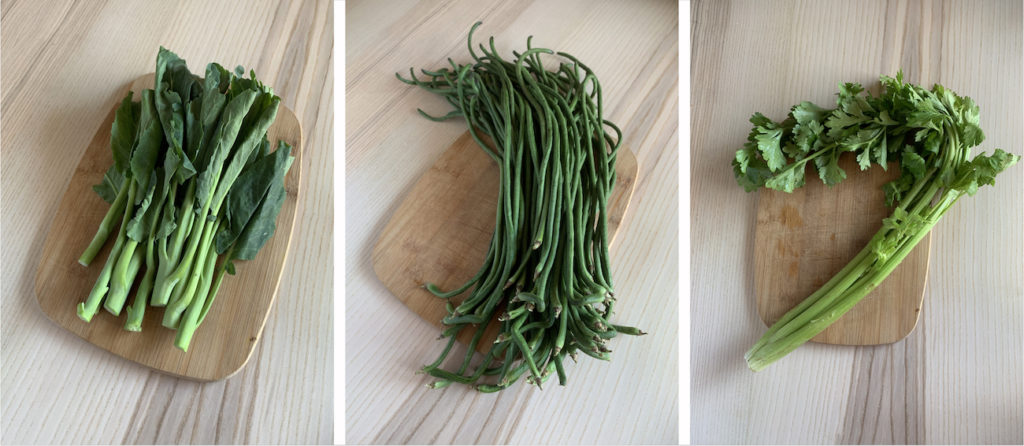
Pea Shoots
Also known as wan dou miao, these are my all-time favorite and easiest Chinese green to stir fry with garlic and serve as soon as it has been wilted.
There are 6 grams of total carbs in 100 grams of pea shoots. When buying it, try to choose larger leaves if you plan to cook them. If you will be eating them raw in a salad or as a garnish, choose smaller, more delicate leaves.
Baby Bok Choy
This vegetable probably needs no introduction, but it is one of the low carb vegetables I always stock up on when I go get groceries. I opt for baby bok choy over the larger options because they are less bitter and can be simply halved and steamed with garlic and salt, or added at the very end to a soup.
There are 3.5 grams of total carbs in 100 grams of raw baby bok choy. When buying it, look for the same things you would want to see in a head of romaine lettuce—few blemishes to the outside leaves and as little wilting as possible.
Yellow or Green Garlic Chives
Growing up, Chinese New Year meant red envelopes and yellow chives. The latter are grown away from direct sunlight, so they are milder than the green variety that are easier to find in Asian supermarkets. If you can’t find yellow chives—which are also known as jiu huang—green ones will suffice in a simple stir fry with pork.
There are 3 grams of total carbs in 100 grams of garlic chives. When buying it, avoid the same things that would be red flags for bagged salad greens—you don’t want to see any soggy chives in the bundle.

Daikon Radish
Although you’ve likely found this radish varietal in a salad or slaw, consider cooking it as an addition to a soup or simply boiled with soy sauce and ginger.
There are 4 grams of total carbs in 100 grams of daikon radish. When buying it, try to choose a radish with few blemishes and ends that look fresh if it has been cut down.
Mung Bean Sprouts
Similar to daikon, you’ve likely had raw mung bean sprouts sprinkled over a dish or placed as a side next to pho. These are also great to stir fry with chives, garlic, and salt.
There are 6 grams of total carbs in 100 grams of mung bean sprouts. Similar to garlic chives, do not select a bag of sprouts if they look ‘wet’ because this is a sign that they are about to go bad.
Enoki Mushrooms*
Also known as lily mushrooms or jin zhen gu, you can often find them vacuum packed. These are always a great addition to hot pot, but you can also blanch these mushrooms and cover them with a soy sauce, scallion, and sesame oil mixture.
There are 8 grams of total carbs in 100 grams of enoki mushrooms. Since they are vacuum packed and have a relatively long shelf life, you should be in the clear so long as you choose one that is white. Be sure to cut off the bottom inch of the mushrooms before cooking!

Tofu, in all of its shapes and forms
Similar to pasta, tofu can come in all sorts of shapes and sizes. Here are some of my all-time favorite versions, which I hope you will try yourself!
All forms of tofu have about the same amount of total carbs, which is ~3g of carbs in one ounce.
Marinated Tofu
This form of tofu is pressed and very firm compared to the packaged tofu you find in most grocery stores. It is either marinated in five spice powder or smoked. I prefer the former and typically stir fry it with Chinese celery.
Tofu Noodles
This form of tofu is even easier to use than normal noodles because you can eat them as is or heat them to serve. While they can act as a replacement for noodles in a stir fry, I like to braise them with some light and dark soy sauce, garlic, ginger, and five spice powder.
Tofu Knots
The knots in this form of tofu mean that they can hold a lot of liquid, which makes them particularly fun to eat as an addition to meat braises or soups.
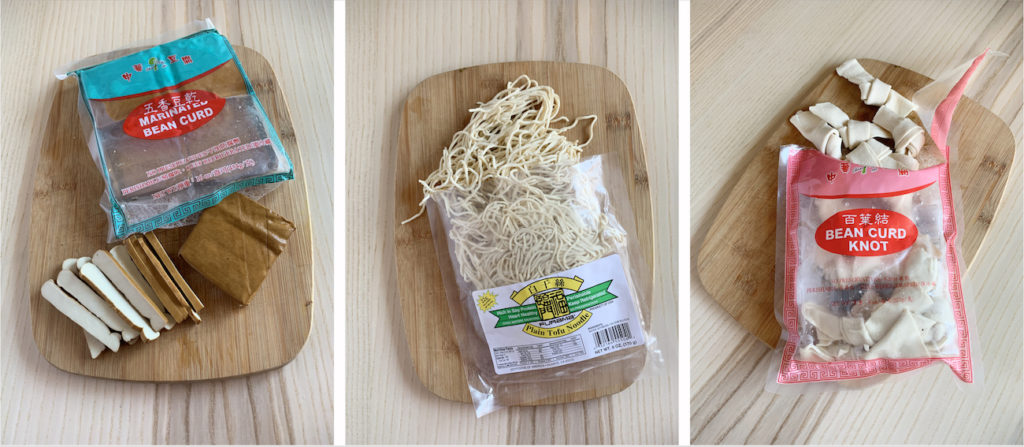
This blog is intended for informational purposes only and is not meant to be a substitute for professional medical advice, diagnosis, or treatment. Always seek the advice of your physician or other qualified health provider with any questions you may have regarding a medical condition or any advice relating to your health. View full disclaimer
Are you living with type 2 diabetes, prediabetes, or unwanted weight?



